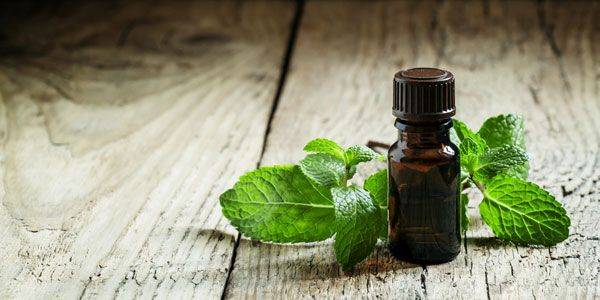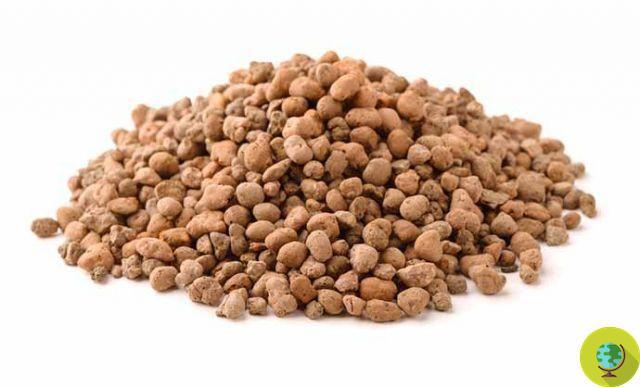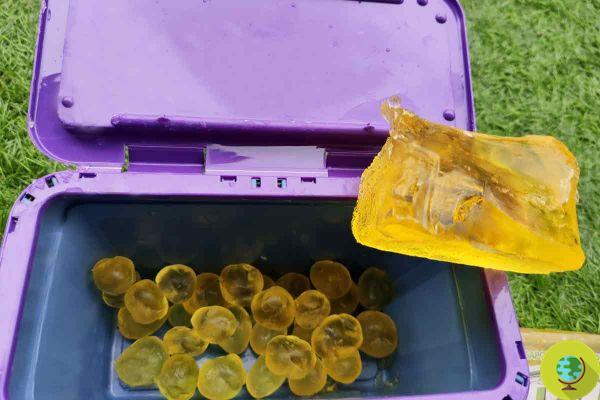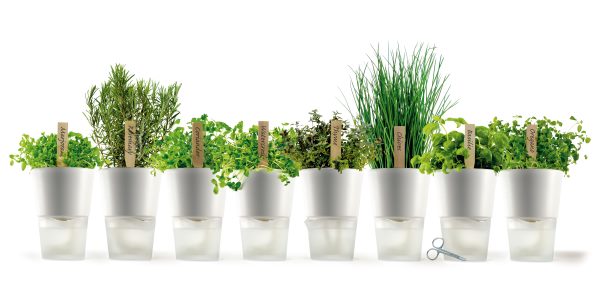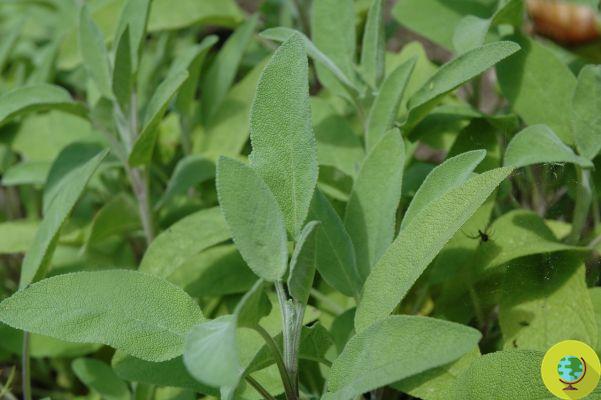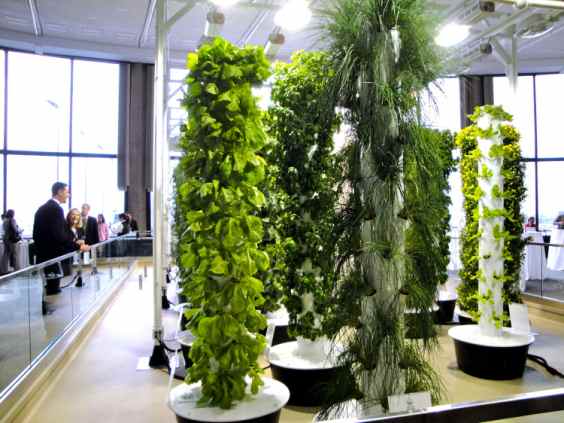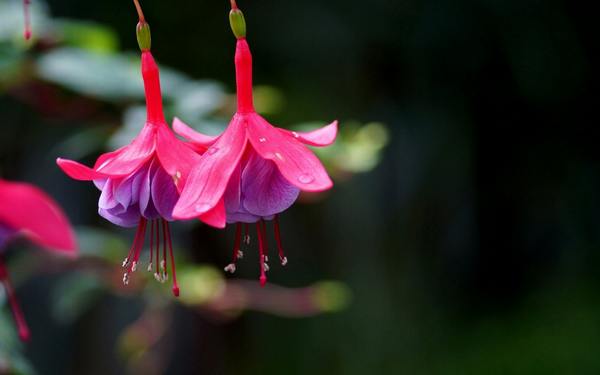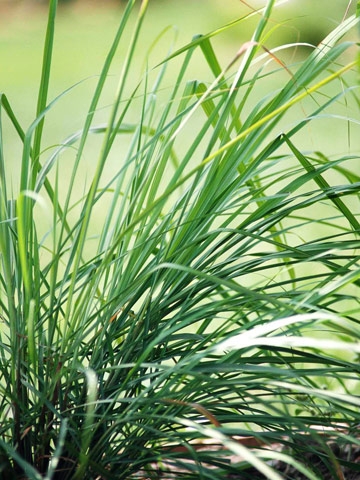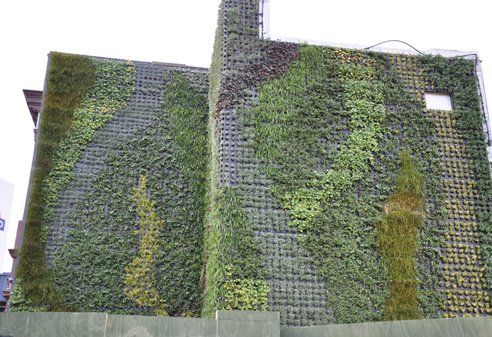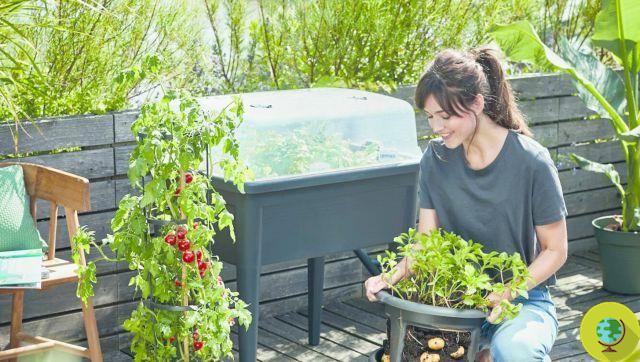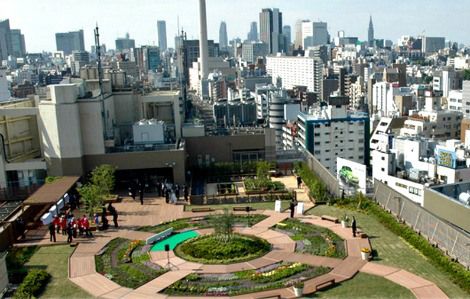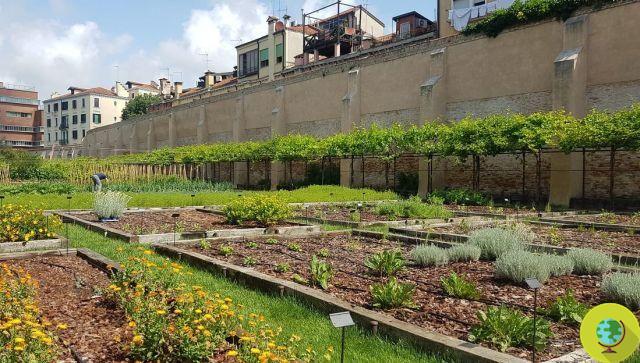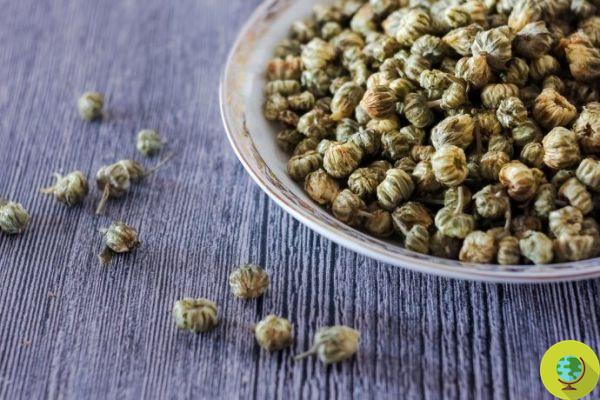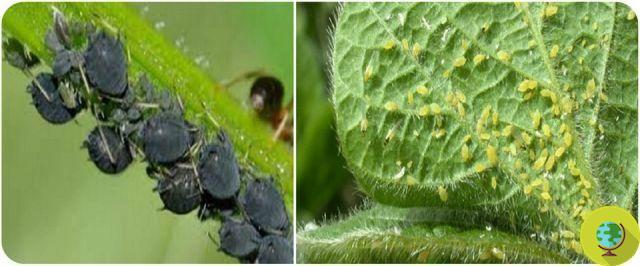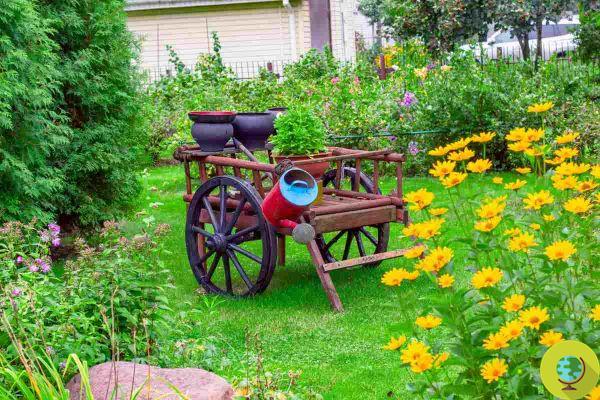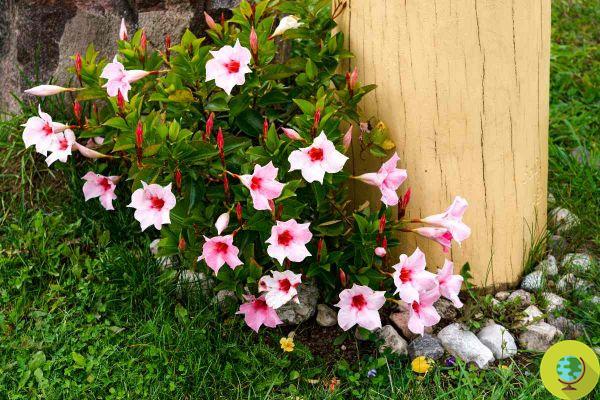
Bougainvillea is the best known tropical climbing plant, however there is another one that is perfect for decorating walls and gardens.
He is about to end up run over, his mother saves himLe climbing plants are shrubs found in almost all gardens or country houses for the easiness with which they can be cultivated and cared for but also for their own multitude of uses, such as the use of vines as hedge plants, for covering walls and walls or for decorating arches and gazebos.
La bougainvillea is certainly the best known tropical climbing plant, however there is another that is perfect for covering the dirtiest or damaged walls and for giving color to pergolas and gardens: we are talking about Mandevilla lax, which you may also know as Chilean jasmine. Let's see its main features and its uses. (Read also: Bougainvillea: how to take care of it in winter and protect it from frost)
The Lax Mandevilla
Mandevilla laxa is an ornamental plant with shiny and rippled foliage of the Mandevilla genus of the Apocynaceae family, native to southern Ecuador, Peru, Bolivia and northern Argentina. This plant it grows spontaneously in tropical forests, where it tends to develop under the canopy of very large trees. His fiori they are very fragrant and emerge laterally with large bell-shaped corollas, with a long throat and five superimposed petals; it has large leaves with very evident veins and can reach i 5 meters high when she is an adult. It blooms in spring and summer, producing countless decorative stems.
Growing the Mandevilla laxa is quite simple, just follow the following precautions:
- does not require special needs, you can water it occasionally as it resists long periods of drought and, consequently, stagnant water can harm its roots;
- may be grown both in pots, provided they are large, both in the garden;
- needs a soft, well-drained soil, for this it is better to add a few handfuls of sand to the earth, however ensure adequate ventilation at the roots, and a little peat to acidify the pH of the soil;
- grow it in one sunny area and during the winter put it in a vase to shelter from the cold indoors;
- it strongly fears aphids and parasites, which can lead to death, so you'd better use chemical or natural pesticides.
Flowering begins in spring and can last until the end of October; after the birth of new flowers you can proceed with pruning, shortening the branches where the new flowers were born leaving two buds from the base.
Follow us on Telegram | Instagram | Facebook | TikTok | Youtube
Could it be interesting for you:
- Dipladenia or Bouganville? Differences between the two most popular climbing plants
- Not just mimosa: the plants and trees that bloom now, between the end of February and the beginning of March
- Honeysuckle: how to grow lonicera in pots and in the garden
- Chrysanthemum: how to grow it in pots or in the garden
- Wisteria, pruning time! How and when to prune the most spectacular climbing plant of all




